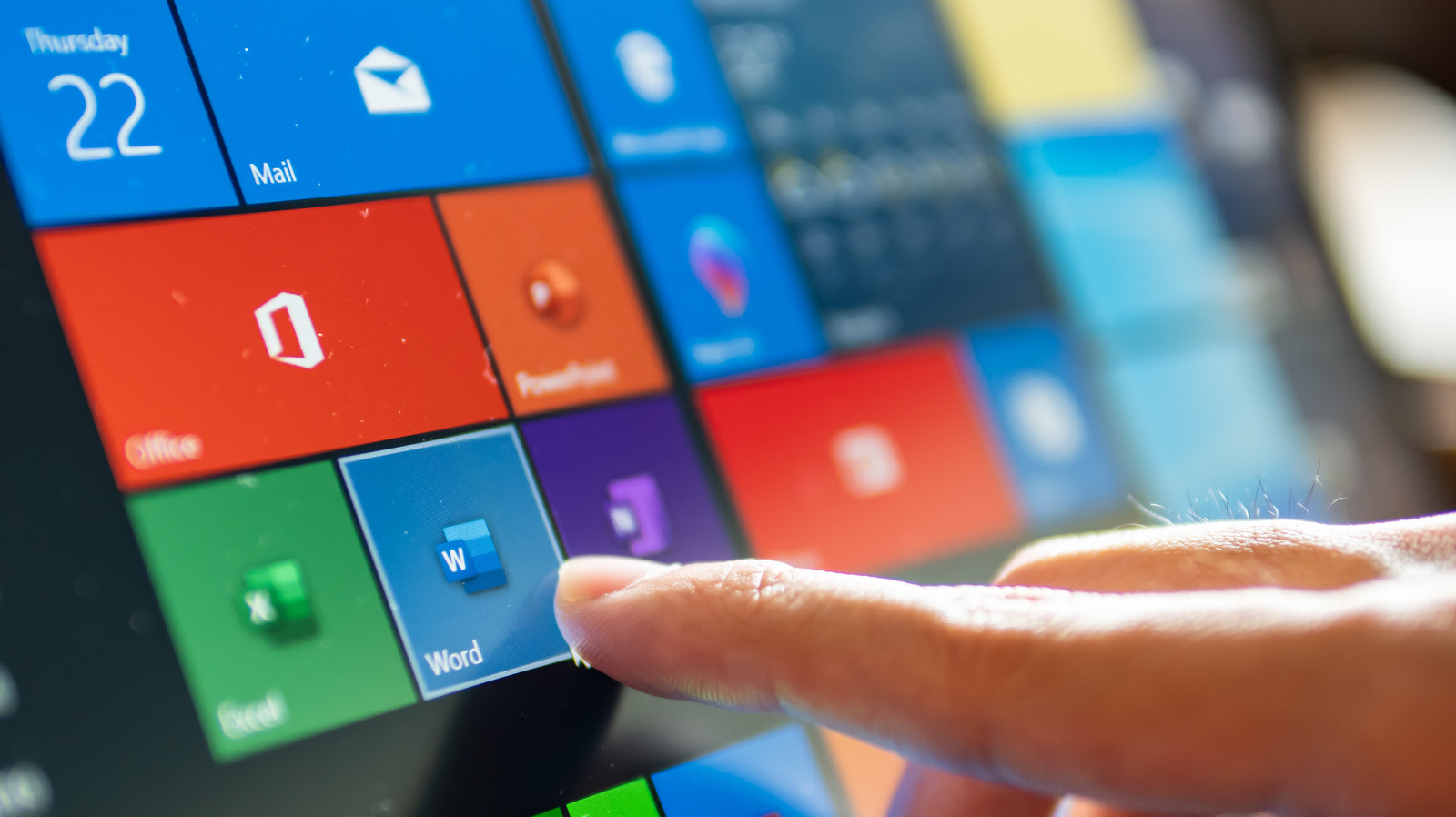
The official date Microsoft has set for the end of support to Windows 10 is October 14, 2025. That’s a little more than 10 years after the OS was first released in 2015. Meanwhile, Windows 10 is still vastly more popular than its successor, run by nearly 68% of Windows users compared to under 27% running Windows 11. So, after years of trying the carrot, the company is now breaking out the stick, hoping that users would rather upgrade to Windows 11 than pay a subscription to get security updates for 10.
In Microsoft’s end-of-support update for Windows 10, the announcement of ESU subscriptions is at the bottom. The document spends most of its length urging users to upgrade from Windows 10 to 11, even if that means buying a new PC that supports the current version.
Clearly, more than two years after its release in 2021, many users are still reticent about making the jump to Windows 11, and there are a few reasons for that hesitation. First, their current PC may lack the hardware to support it. Second, new versions of Windows have historically been hit-and-miss, so people who love Windows 10 may worry they won’t feel the same about 11. Lastly, Windows 11 settings need to be adjusted after an install to remove some truly egregious native advertising and bloat. No matter the reason, Microsoft clearly wants to make sticking with Windows 10 the least appealing option to consumers after it ends support.
